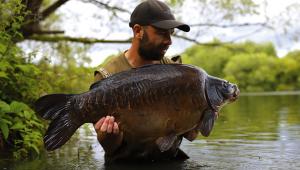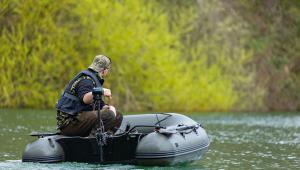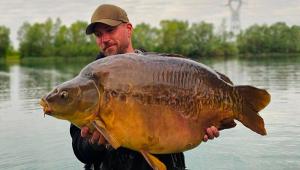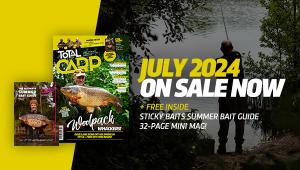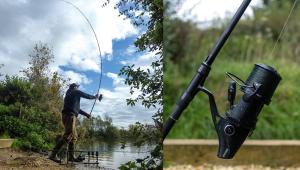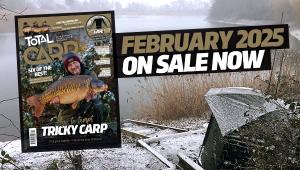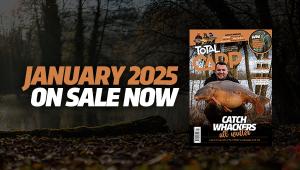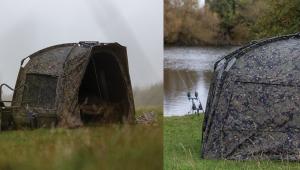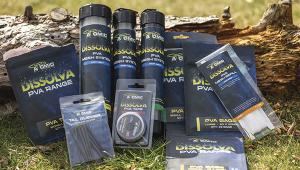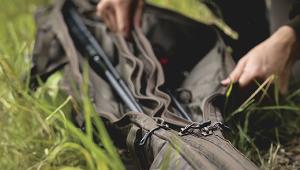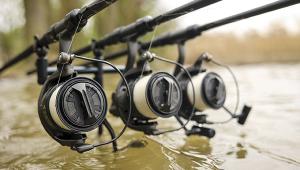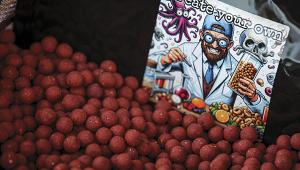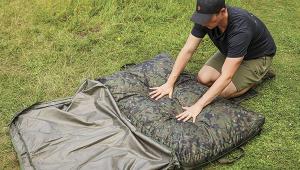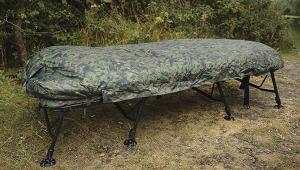Adapting to winter - Harry Hogan
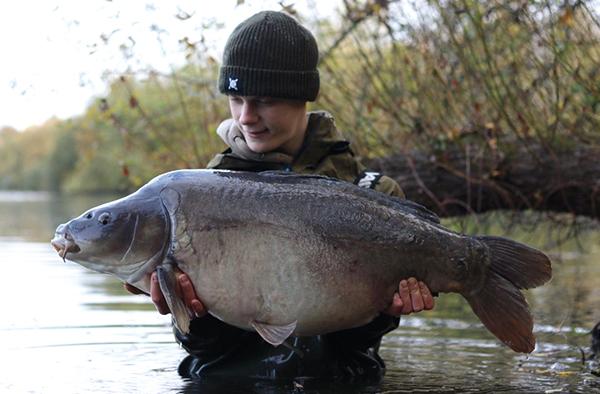
When we begin coming into the winter months it can often be a tricky time of year to be on the bank; the fish are still adjusting to the drop in water temperature and bites can often be hard to come by, but when you get it right the rewards are certainly there for the taking.
Concealment Is Key
Due to the lack of feeding activity, there is generally less sediment drifting around throughout the water column; as a result of this the lakes’ clarity changes and they become clearer, in some cases like tap water! When this happens I adjust my tackle accordingly, changing over to a fluorocarbon main line, which is almost invisible in the water. I couple this up with a slack line if the spots I’m fishing are suitable to do so; this ensures everything is pinned to the lake bed and out of the way of any passing carp – the last thing I want to do is put them on edge and ruin any potential chances, which are not easy to come by at this time of year.
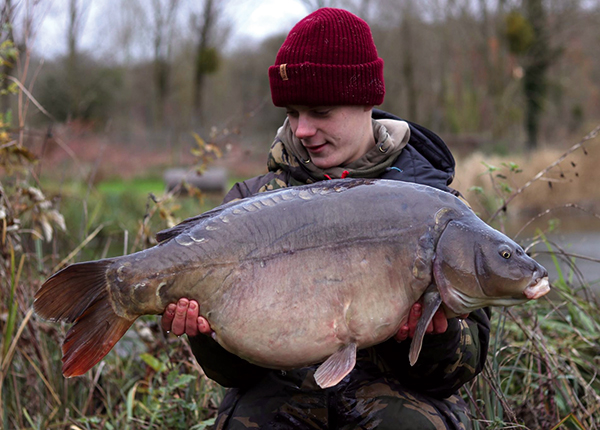
The Changeover
My baiting approach changes massively over the winter months; in the autumn I tend to start introducing my winter bait into my mix, as this is when the water temperatures start to dip. I generally use Odyssey XXX when the water temperature is above 10ºC, but when it dips below that I switch over to Live System. This is a great bait all year round, but for me it’s even better when the water’s cold. I will start introducing it on to my spots throughout the autumn to get the fish used to finding it and eating it, then come winter they should readily accept it as they’ve seen it for a couple of months prior.
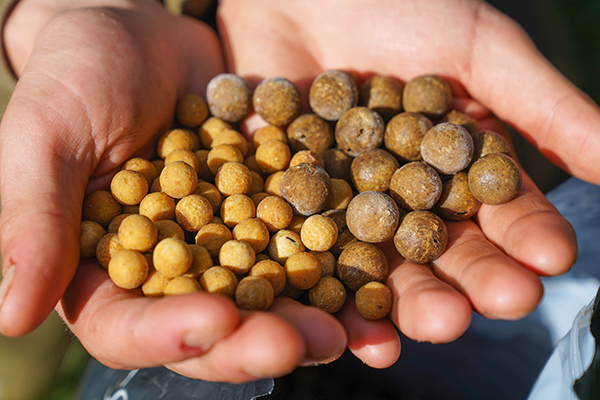
The reason for changing over to a different boilie is because the XXX is a fishmeal-based bait, and although it works throughout the colder months I find it can fill them up a lot quicker, whereas the Live System is much easier to digest, which will hopefully make them feed for a longer period of time. I also start to introduce some naturals into my bait mix, and what better thing to use than something that near enough every lake will contain, bloodworm! Frozen bloodworm is as natural as it comes, and the inclusion of that into the mix can really get a reaction from the fish when it’s cold. I will also add some sweetcorn and flaked maize for some visual attraction, this is also easily digestible so should prolong the feeding activity.
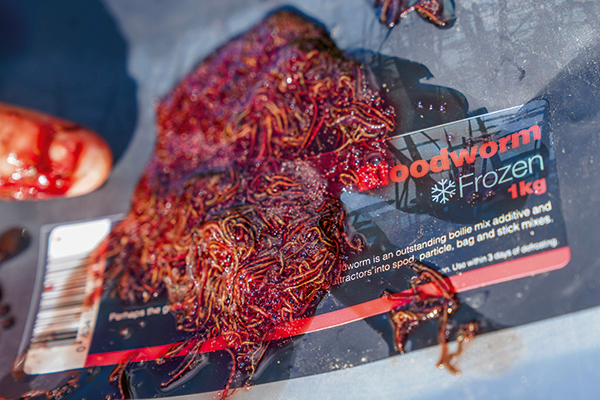
Areas To Target
With the water being so much colder, the carp are going to be looking to hold in areas where they feel most comfortable; this could be out of the pressure from anglers, but in most cases it will be in zones that hold the most warmth. Spots I will look to target often feature some sort of cover, whether that be weed beds, dying lily pads or snags; these often help retain heat slightly better than the rest of the lake and also will no doubt provide natural food for the carp too. If I feel the fish aren’t in these zones, then the middle of the lake is always a good starting point. It’s an area that fish are always going to be crossing through and often sees the most sunlight throughout the day so can hold some warmer water.
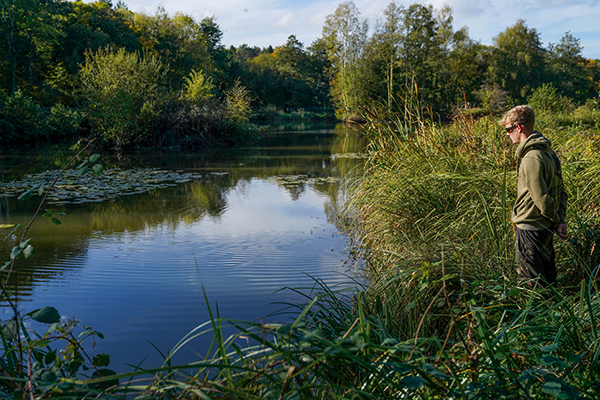
I see a lot of anglers head straight to the deepest parts of the lake in the winter and that can often be a mistake, especially if we receive a bit of sun. Shallow water is going to warm up a lot quicker and the carp know that, often heading to the shallow areas throughout the hours of daylight.
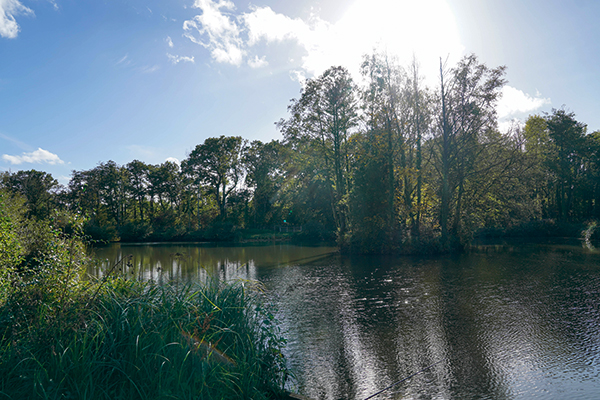
Consistent Feeding
It’s not possible to do on all lakes but if you can prebait at this time of year it will score well, especially if you’re putting it in the right areas. If the venue I’m fishing permits I will often make the effort to bait up a couple of times a week leading up to the session; getting fish visiting zones and feeding regularly on them will not only keep them wanting food all throughout the winter but massively increase your chances of a bite when you come round to do your trip.
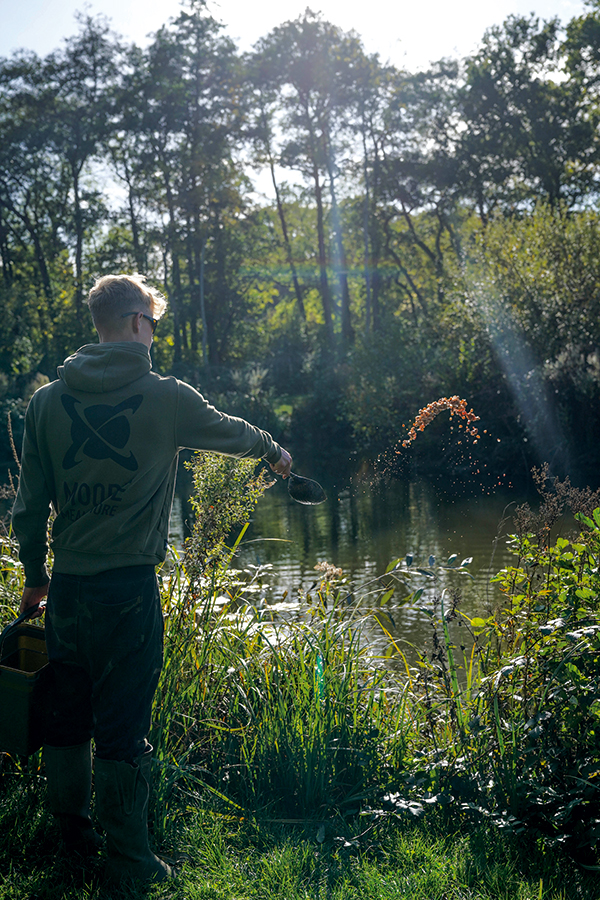
You don’t need to go mad with the bait at this time of year because the carp’s metabolism is on the wind down, therefore just a few handfuls/Spombs each visit are often all it takes to keep the carp interested. I find being consistent is the key aspect rather than ‘stoving it in’ once a week. A few bait-up trips with small quantities will keep them returning much more frequently – the more often you can have them visiting the spots, the better!
High Attraction
Now when it comes to winter fishing a lot of people switch to hi-viz high-attract hook baits, and I’m no different, but I will boost my hook baits multiple times in advance, adding the liquid then allowing them to dry out with the lid off (doing this stops the pop-ups from losing their buoyancy). I use a dedicated highly concentrated hook bait booster to achieve this process. I want the most attraction possible leaking off my rig, which will make the carp target the hook bait over the loose feed.
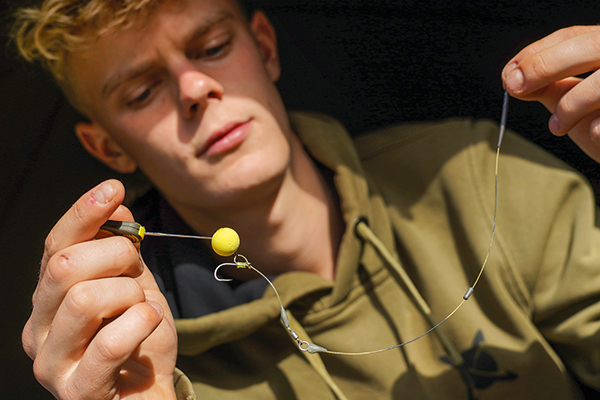
Boosting your baits also makes them perfect options if you want to cast singles about; you know that even with no free offerings around the rig, the hook bait you’re using is emitting enough food signals into the water column to get a bite.
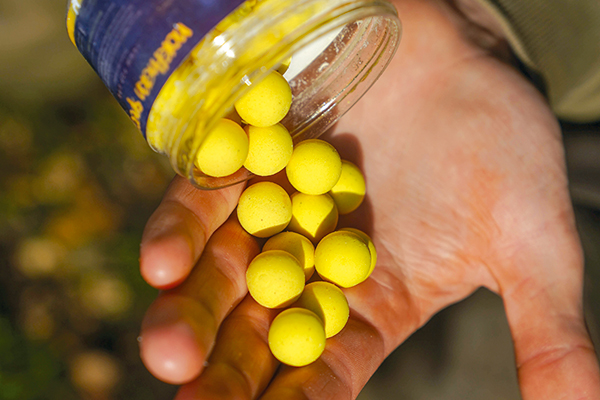
Choosing The Right Venue
Probably the biggest part of angling throughout the harsh frosty months is choosing the right venue. It’s all well and good fishing those tricky syndicates where bites are hard to come by in the summer, let alone at this time of year, but in reality is it worth it? They’ll still be there in the spring so why not enjoy your fishing over the winter and get some bites.
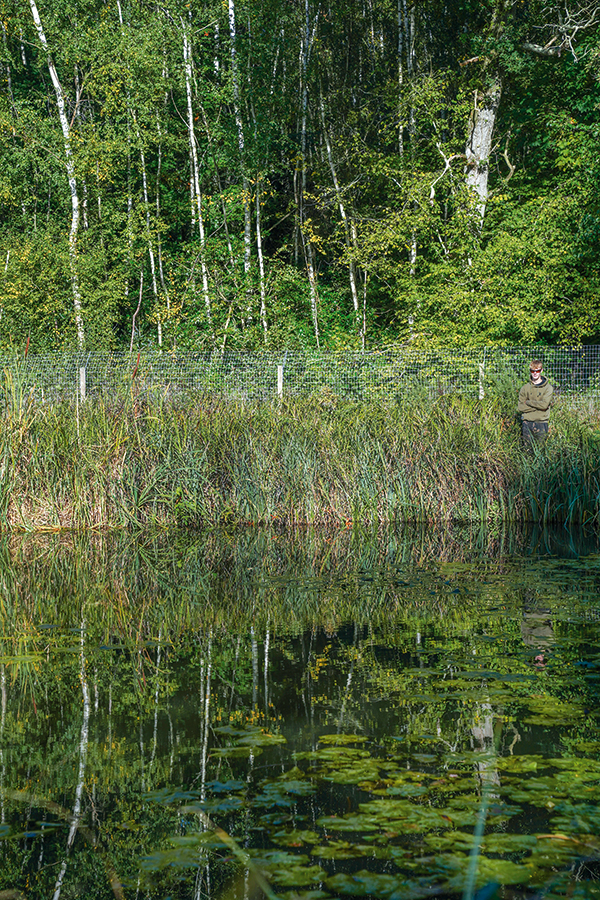
The things I look for in a good winter venue are the following…
Depth: This can play a huge part in a carp’s behaviour; I normally choose to fish shallow lakes, no more than seven to 10 feet deep, they react quicker to temperature changes, whereas a deep lake will take longer to warm up, so one day of sun may not impact it at all.
Good Stock: Everyone wants to catch a big ’un and I’m no different, but you have to be realistic; choose a venue that has the best of both worlds, for example I fished Sandhurst last winter, which has a fantastic stock of carp but also includes some big fish too!
Previous Form: Some lakes behave differently to how you’d expect in the winter, they may look like they have great form for all year round but then completely shut up shop come November. Do some research and digging beforehand and make sure the venue does fish regularly over the winter, this way you’ll know you’re not wasting your time.
Now is a tricky time of year to be on the bank, but it’s also extremely rewarding when you get it right. It’s probably my favourite season to be out doing I – quieter banks, the carp sporting their awesome winter colours and they always seem to be in mint condition at good weights throughout this period, so enjoy it, brave the elements and the rewards will come.
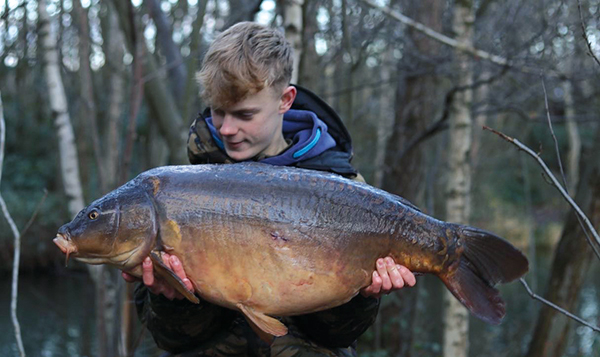
- Log in or register to post comments
